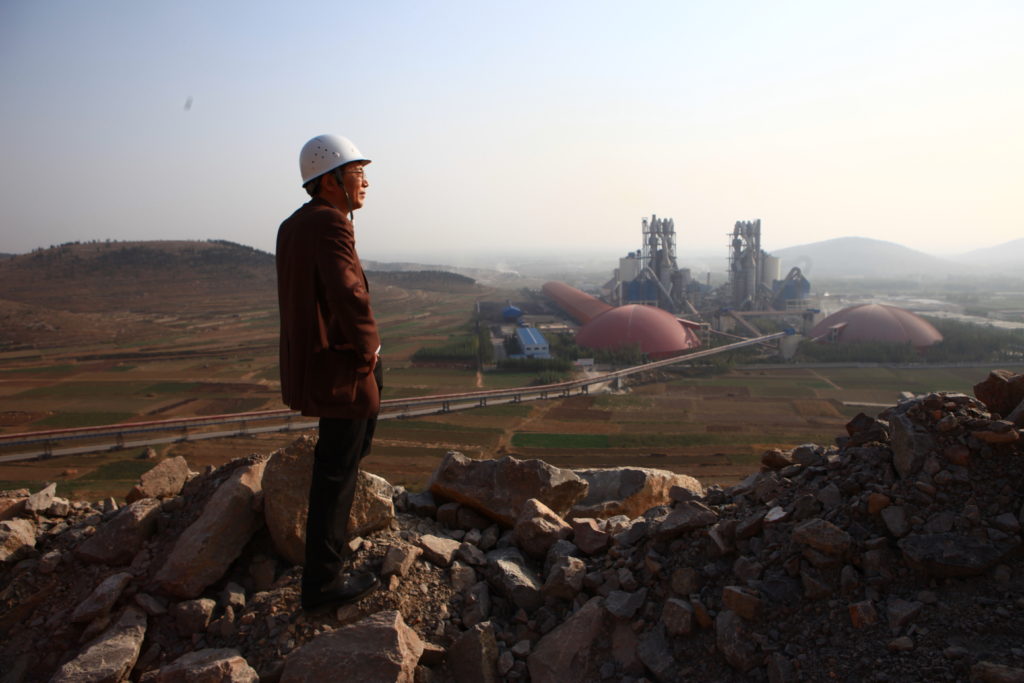
China’s National Development and Reform Commission (NDRC) launched China’s national Emissions Trading Systems (ETS) earlier this week with approval from the State Council. The launch, which fulfills a commitment first made by President Xi Jinping in September 2015, is a major milestone in China’s efforts to fight climate change. The news was widely covered by both domestic and international media, with quotes from EF China staff and many of our long-time partners and grantees (see Huffington Post, Yicai Global and The New York Times). This week’s launch bolsters China’s role as an emerging global climate leader, one committed to action on a suite of policies and programs to achieve its climate objectives. It sends a clear signal to emitters that they will have to take individual responsibility for controlling their absolute carbon emissions. And the ETS compliance cycle will create a valuable system for collecting company-level carbon emissions data—a foundation for developing and improving many other carbon policies. Yet, while we acknowledge China’s leadership and celebrate the strengths of the system, we also must be clear-eyed about the challenges ahead. Here are a few EF China insights to complement what you’ve been reading in media stories this week:
- This week’s launch follows formal approval by the State Council of the NDRC’s national ETS “work plan” (read the work plan in Chinese here, English here). In approving the work plan, the State Council has formally endorsed the ETS across the government. However, China still lacks foundational laws or high-level regulations to underpin the system, and the work plan must be supplemented by many more regulations/implementation measures to enable operation of the ETS. We are working with NDRC to strengthen the regulatory foundation for the system in early 2018.
- The “launch” marks only the initial distribution of allocations, via benchmarking (as opposed to auctioning). This helps define companies’ expectations on how much carbon dioxide they can emit in the coming year. However, the compliance period won’t begin until 2019, and trading isn’t expected to begin until 2019, as well. Only then will we know how well China’s national ETS is running.
- As expected, the initial ETS will cover only the power sector. Nevertheless, it is already the world’s largest carbon trading system, covering around a third of China’s total carbon emissions (approximately 3.3 billion tonnes annually). For comparison, the EU ETS system covers 2 billion tonnes, while California’s carbon market covers 394.5 million tonnes. NDRC is still working on a clear timeline, but the ETS is planned to be expanded to comprise eight sectors and around 40 percent of China’s emissions. To send a stable long-term signal to obligated companies and the market, policymakers should publish a clear timeline on next steps soon.
- The current ETS design is a balance between ambition on climate and concern over economic impacts. We are concerned that the current “cap” will lead to over-allocation of credits—a challenge faced by nearly all other carbon markets around the world.
We expect China’s national ETS to be something of a “work-in-progress” for the next several years, requiring careful monitoring and support to optimize and harmonize with China’s other climate policies. With the whole world watching, China must get this right.
Zou Ji, President, Energy Foundation China
Liu Shuang, Program Director, Low Carbon Economic Growth
Energy Foundation launched EF China in 1999. As of 2019, the two operate as individual and separate charitable organizations.
